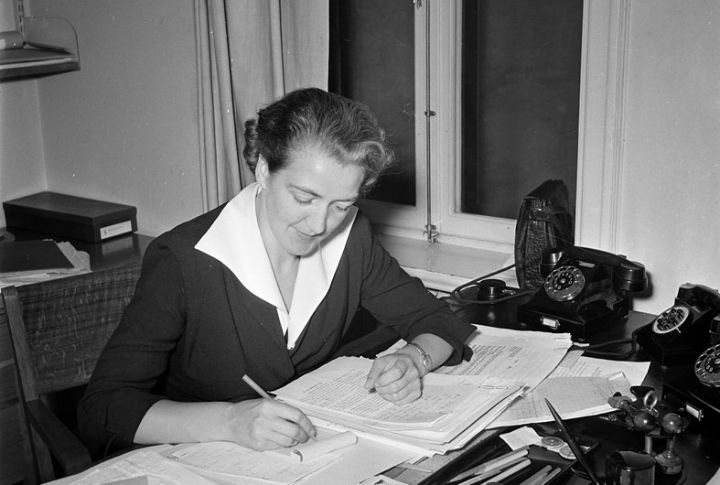
Society often romanticizes the past, picturing an era of elegance, order, and tradition. Beneath that polished surface, however, daily life came with strict expectations—especially for women. Choices were fewer, freedoms were limited, and questioning the norm wasn’t encouraged. Take a closer look at ten ways life placed restrictions on women in the 1950s.
Women Had To Marry Young

By the time women reached their early twenties, society had expected them to be wed. Staying single beyond that was considered strange, even undesirable. A lady’s primary value was tied to marriage, and the clock seemed to tick louder with every year they aged. Early marriage was seen as normal—and essential for a girl’s future.
Housework Was A Full Day Role
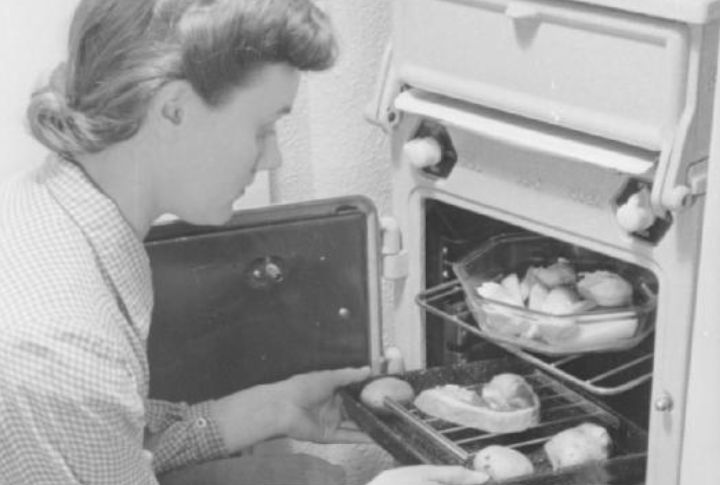
It wasn’t just about maintaining a household; housework was a woman’s full-time job. Day in and day out, wives were expected to maintain a perfectly kept home. TV and magazines reinforced this idea and left them little space to focus on much else. Undivided labor of a house was more than a goal; it was a requirement.
Speaking Up Was Unladylike
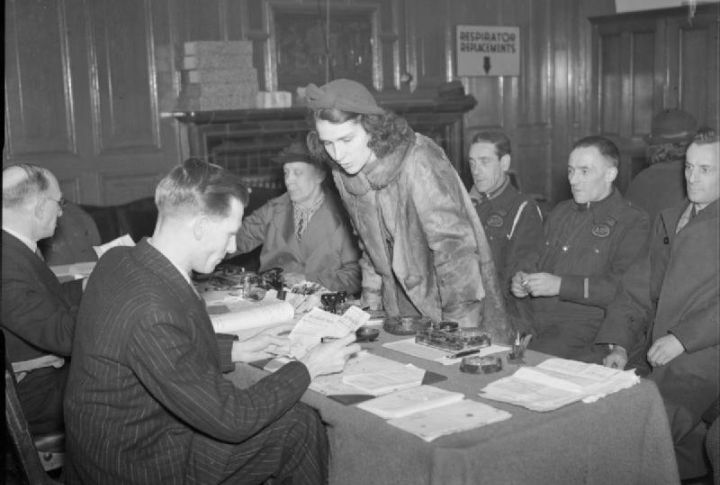
Vocal opinions could quickly earn a girl the label of being “difficult.” Gender norms dictated that they stay quiet and avoid conflict. Assertiveness? Unseen as “unfeminine.” If women wanted to be respected, they had to soften their words. A lady who dared to speak out was considered hysterical.
Husbands Controlled Women’s Finances
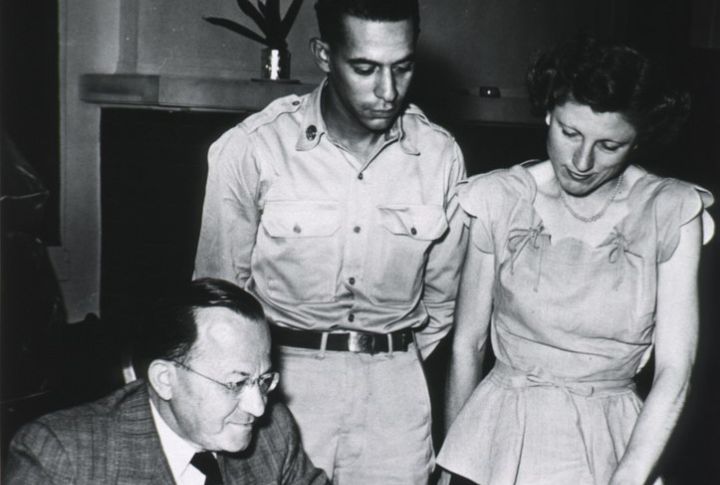
Husbands typically managed the finances, and women had to ask for money, even for the smallest purchases. As a result, many women had very little control over their money. With limited access to credit, they remained financially dependent. This made it easy for the power to stay in men’s hands.
Divorce Was A Social Disgrace
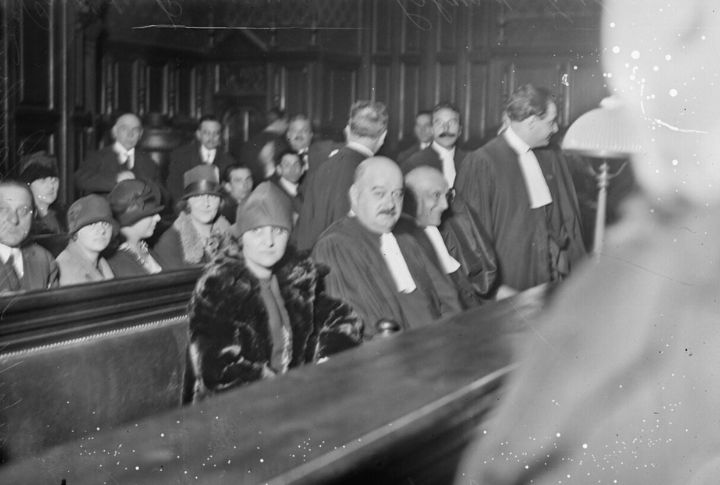
In the 1950s, divorce was not merely a breakup but a public humiliation. Women who divorced were seen as failures, and their reputations were heavily scrutinized. Staying married, even in unhappy situations, was a social expectation. For them, the stigma of divorce was enough to keep them in unhealthy relationships.
College Was Discouraged For Women

Education for girls was often seen as unnecessary, especially once they reached the age where marriage was expected. College wasn’t about building a career but about finding a husband. Most universities didn’t push women to study anything beyond teaching or nursing. It was rare for women to pursue higher education at that time.
Career Choices Were Strictly Limited
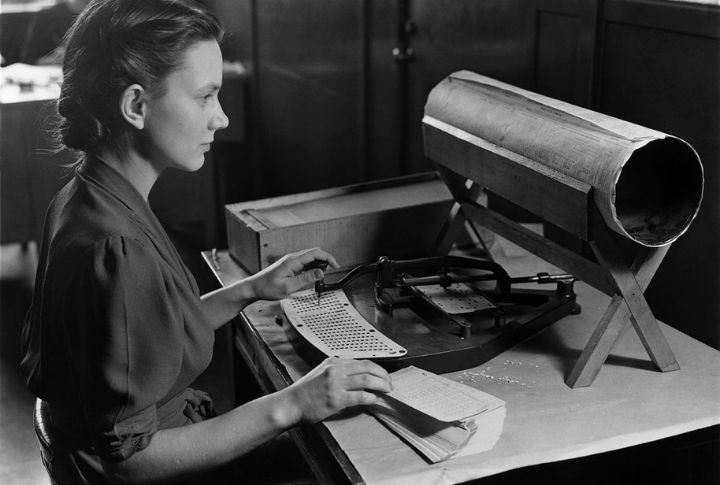
A female with a career outside the home was almost unheard of. They were funneled into specific fields like nursing or secretarial work. There were few opportunities for advancement, and career-driven women sometimes faced ridicule. Expectations were clear: women were to be homemakers first and employable second.
Women Had To Look Perfect Daily

The pressure to look flawless was ever-present. Women were expected to maintain a “perfect” appearance at all times, whether at home or in public. If you weren’t well-groomed or dressed appropriately, it reflected poorly on your character. Beauty standards weren’t just about looks—they were all about judging a book by its cover.
Motherhood Was An Expected Duty
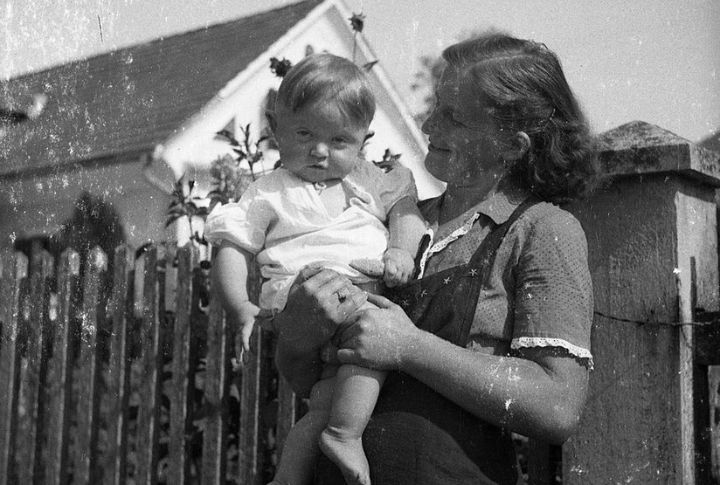
Society expected women to be mothers and pushed them to have large families. The choice to not have children was seen as controversial and selfish. Being a mother was considered a woman’s success, and anything less was frowned upon by many.
Harassment Was Ignored
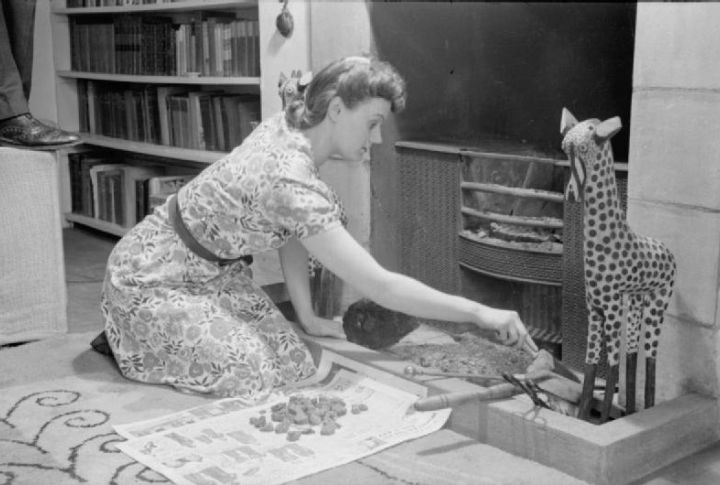
Sexual harassment wasn’t recognized or addressed back then. Women were expected to tolerate inappropriate behavior at work and in public. Complaints were dismissed, and many didn’t even realize what they were experiencing was harassment. With little support or awareness, many women were left feeling vulnerable.

